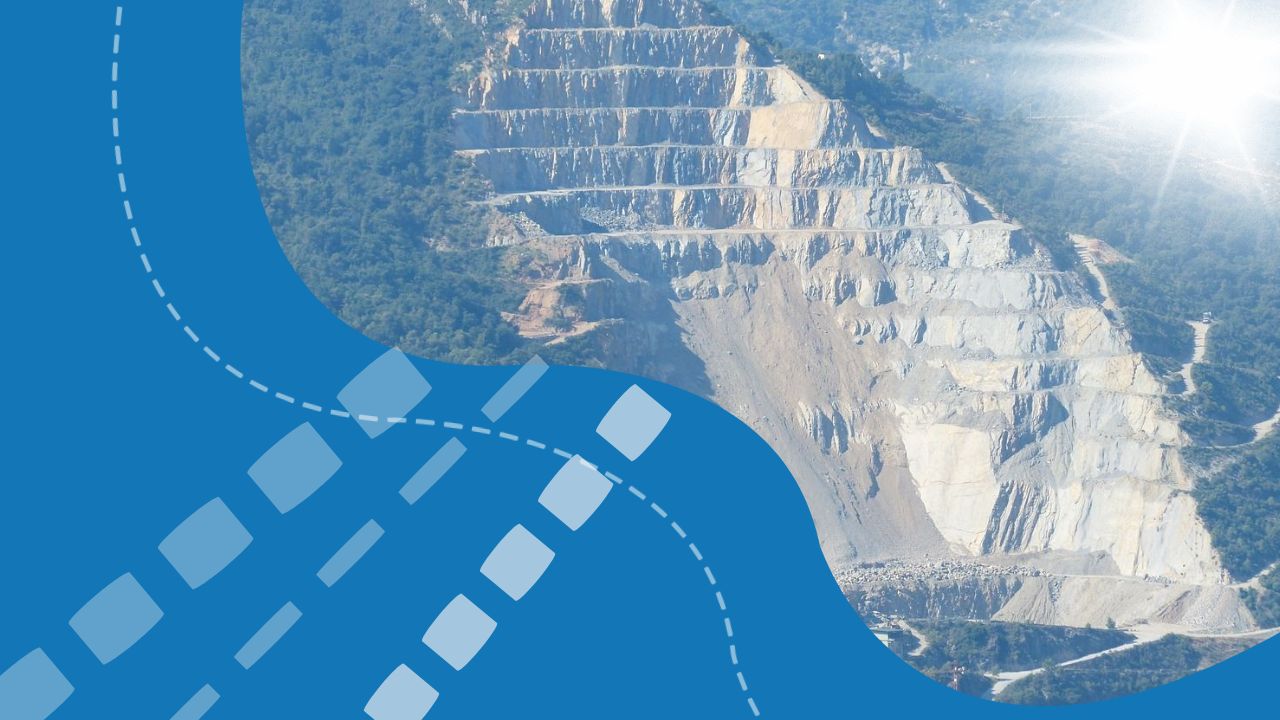Urasar geochemical soil sample results
The Company collected a total of 744 C-horizon soil samples across the Urasar Mineral District in November and December 2023.
Urasar was last worked by Soviet government teams in the 1950s and 1960s, resulting in the identification of three mineralized zones and four geochemically anomalous zones along a 14 km strike length.
Gold fire assay and multi-element geochemical results from Fremont’s recent soil sampling survey display continuous gold-copper/base metal anomalies hosted in an east-west structure 1.2km wide over a 15 km strike length, as shown in the figures presented below. Gold values ranged up to 449 ppb with a mean of 142 ppb.
Gold in C-horizon soil samples at Urasar
Copper soil geochemistry at Urasar
The copper anomalies generally mimic the gold anomalies but display a tighter distribution comprising three distinct populations, consistent with the earlier Soviet work. A continuous, robust copper anomaly greater than 5 km in length is evident in the western portion of the project area, congruent with the largest and strongest gold anomaly. At the far eastern end of the license, the gold geochemistry is comparatively weak while the copper anomaly is quite coherent and robust. Copper values ranged up to 497ppm with a mean of 233 ppm.
Arsenic Soil Geochemistry at Urasar
Anomalous arsenic soil geochemistry generally reflects the same distribution as the gold geochemistry but is well developed on the eastern end of the 5-km long Cu-Au anomaly in the western part of the project.
Initial spatial analysis of the anomalies suggests a continuous mineralized structure over 1 km wide, offset by post-mineral north or northeast-trending faults in step-wise fashion. The disposition of the anomalies suggests a southward displacement of about 1 km between the first and second anomalies, and approximately 2 kms displacement between the second and third anomalies. This distribution is most easily observed in the copper geochemistry image above.
Fremont’s President and CEO, Dennis Moore states, “These soil geochemical results support management’s belief that Urasar is a well-endowed mineral district with at least three en echelon mineralized zones. These east-west striking zones are six, four and three kilometers in length with minimum widths of approximately 1.2 kilometers. Detailed geological mapping and trenching are planned for the spring, with diamond drilling following in the summer. We are very excited about these results and believe we are on the cusp of a significant new discovery.”
About Fremont Gold
Fremont’s mine-finding management team has assembled a portfolio of potential world-class copper-gold mineral opportunities within the central Tethyan belt of Armenia, and controls two advanced gold exploration projects in Nevada.

